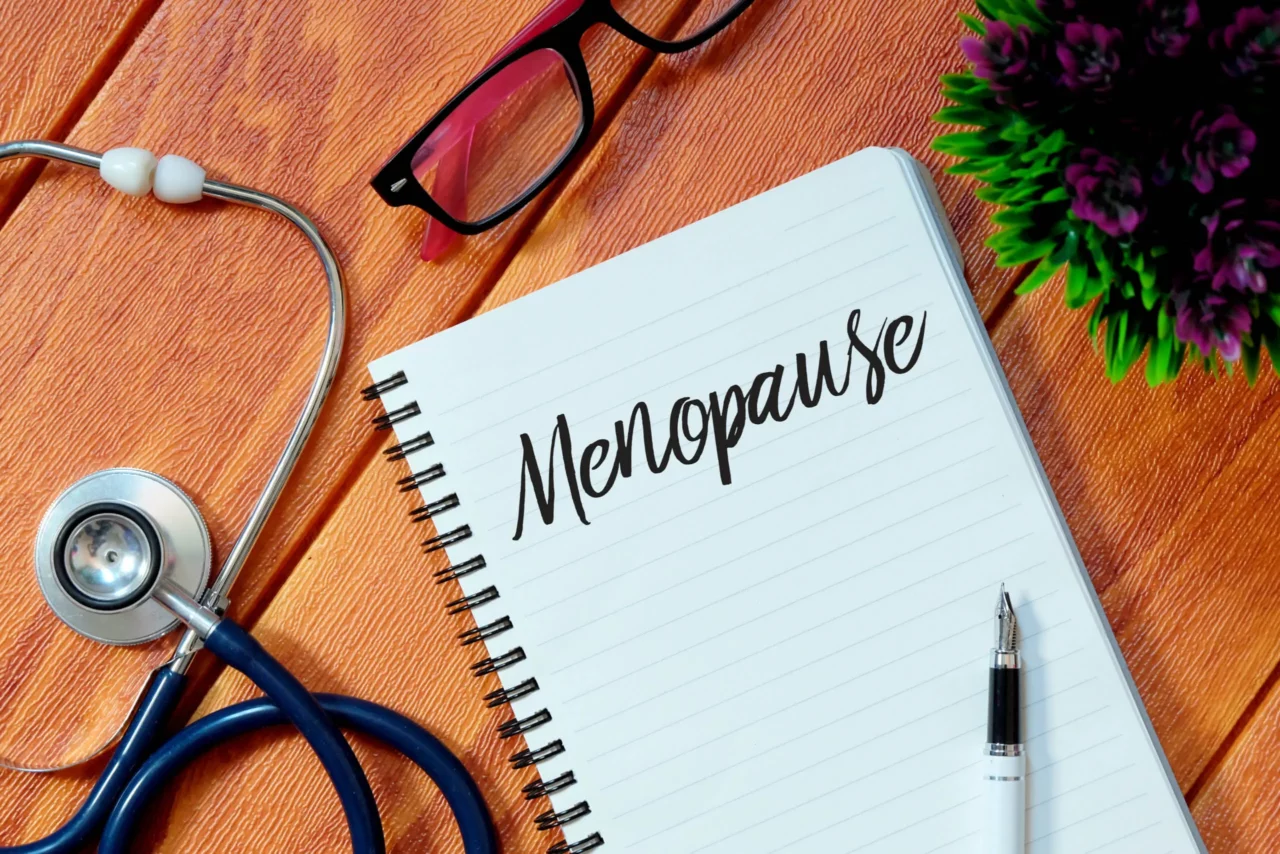“Perimenopause and menopause should be treated as the rites of passage that they are. If not celebrated, then at least accepted and acknowledged and honored.” This quote by the famous Gillian Anderson comes to mind while writing on this topic.
Perimenopause is a menstrual transition that typically occurs in the 40s, may affect the women’s quality of life and begins on average four years before the final menstrual period.
The hormones fluctuate during this phase of life characterized by irregular menstrual cycles and are often accompanied by mood changes, hot flashes, sleep disturbances, vaginal dryness. There are variations in the level of hormones particularly circulating estrogen which causes the physical changes noted in perimenopause.
After the years of menstrual irregularity, women eventually experience permanent cessation of menstrual periods. Twelve months of no periods is considered to represent clinical menopause and is termed “postmenopause”. Ovarian estrogen production and secretion decrease and stop altogether after menopause. The long-term effects of estrogen deficiency may affect the cognitive health and health of bones, and heart.
The timing of menopause is affected by several factors, including genetics and smoking but on average, most women are about 51 to 52 when they enter menopause.
A hot flash is the hallmark of early postmenopausal years. Women may also experience vaginal dryness, sexual dysfunction, sleep disturbances, new-onset depression, memory loss, joint pain, urinary incontinence, weight gain.
Hot flashes occur due to thermoregulatory dysfunction at the level of the hypothalamus and are induced by estrogen withdrawal. Simple behavioral measures may help women with hot flashes. These measures could be using a fan, lowering the room temperature, dressing in layers of clothing that can be easily shed, and avoiding triggers. The triggers could be spicy foods, stressful situations and vary for everyone.
Estrogen therapy is most effective in treating menopausal hot flashes, vaginal dryness, mood lability, sleep disturbances related to hot flashes, joint aches, and pains. Estrogen therapy has benefits and risks and the doctor will decide whether it’s a safe choice. If women still have a uterus, they will need progestin in addition to estrogen.
Other treatment options that treat hot flashes are certain antidepressants, gabapentin, and clonidine.
Vaginal dryness can be relieved by vaginal estrogen which can be administered directly to the vagina using a vaginal cream, tablet , or ring. Over-the-counter vaginal lubricants or moisturizers can decrease vaginal discomfort.
Kegel exercises or pelvic floor muscle exercises can improve some forms of urinary incontinence.
Eat a balanced diet that includes a good source of calcium and vitamin D to maintain healthy bones. Limit saturated fats, oils, and sugars and include fruits, vegetables, and whole grains.
Exercise, regular doctor visits, keeping your cholesterol and blood pressure within the normal limits is important as low estrogen increases the risk of heart disease.


